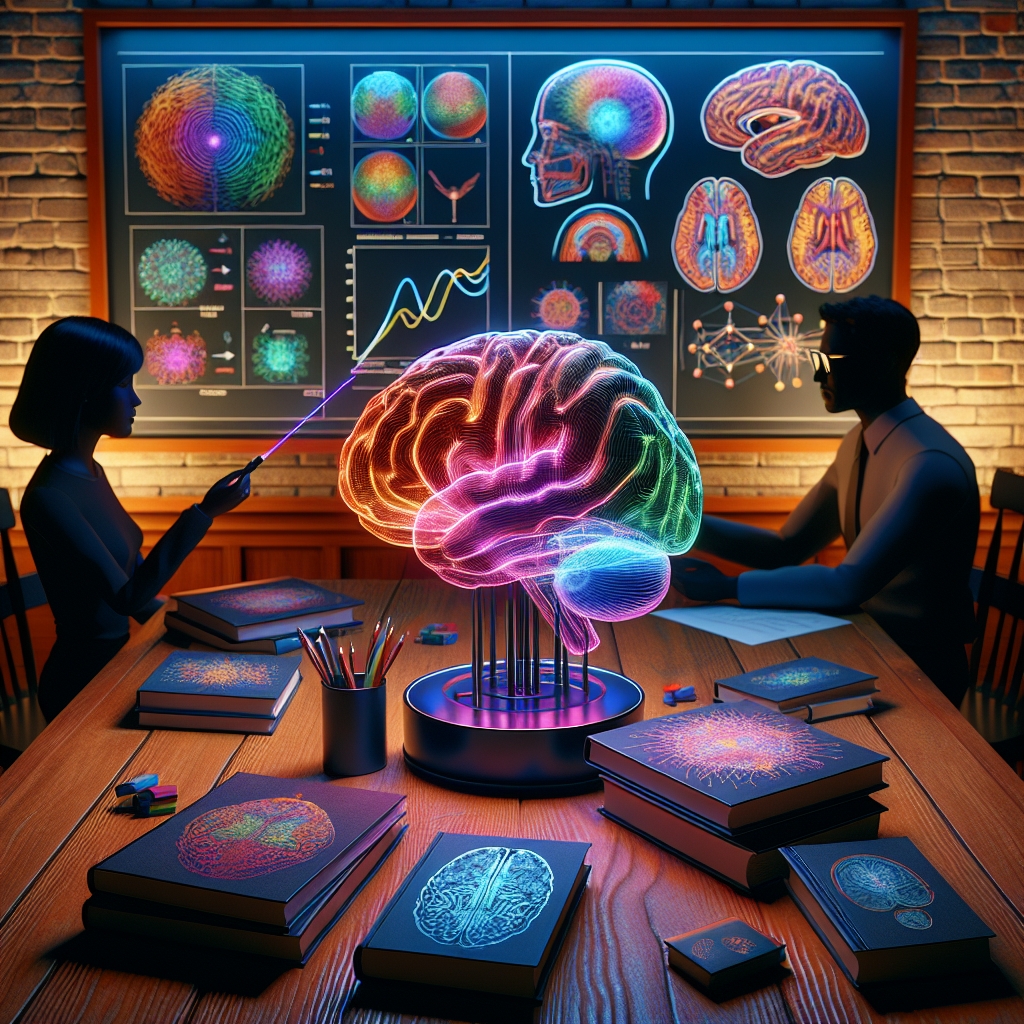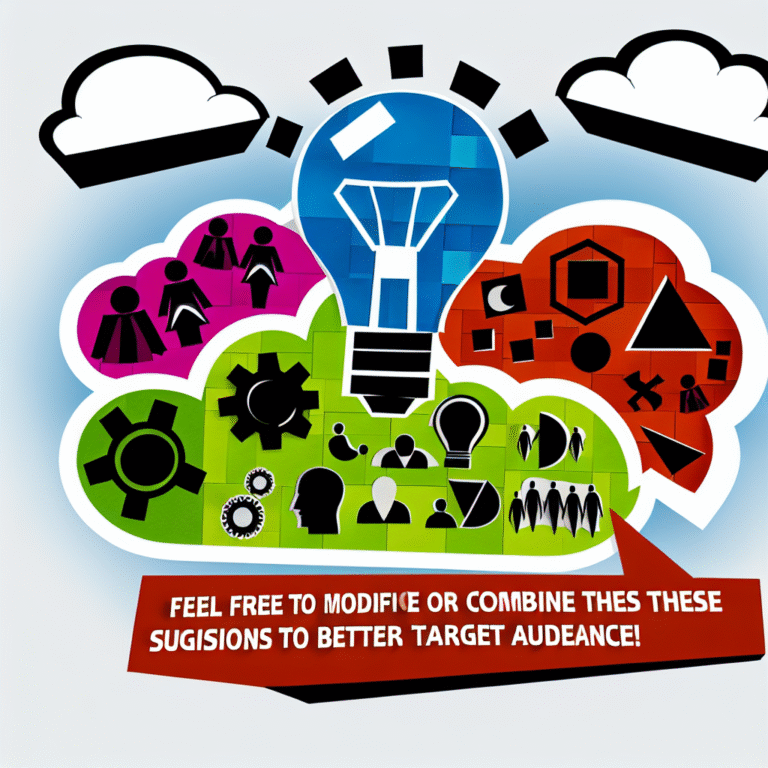
Understanding the Brain: How Behavioral Psychology Informs Teaching Strategies for Ultimate Success in Education
Introduction
Imagine a classroom where every student is engaged, learning at their own pace, and genuinely excited about education. This vision isn’t far-fetched; it can be achieved through the integration of behavioral psychology into teaching strategies. In "Understanding the Brain: How Behavioral Psychology Informs Teaching Strategies," we dive into the intricacies of the human brain and how its workings can be harnessed to enhance educational outcomes.
In today’s competitive landscape, the traditional methods of teaching often fall short of addressing the unique needs of every child. This article aims to explore the intersections of psychology and education, equipping educators with scientifically-backed strategies to transform classrooms into hubs of effective learning.
The Relevance of Behavioral Psychology in Education
What is Behavioral Psychology?
Behavioral psychology focuses on understanding how human behaviors are learned and reinforced. Unlike cognitive psychology, which delves into internal mental states, behavioral psychology emphasizes observable behaviors and the effects of external stimuli. As we unpack "Understanding the Brain: How Behavioral Psychology Informs Teaching Strategies," we’ll explore how the tenets of this discipline can enrich teaching methodologies.
Why Understanding the Brain Matters
Understanding the brain is essential for effective teaching. Insights into how students process information, form connections, and react to stimuli can help educators devise strategies tailored to diverse learners. This ultimately enhances academic performance and fosters a more inclusive learning environment.
Key Principles of Behavioral Psychology
Reinforcement: Positive and negative reinforcements influence behavior. Teachers can leverage this by rewarding desired behaviors and aligning classroom management with these principles.
Desensitization: Gradually introducing students to challenging tasks can mitigate anxiety and improve their coping mechanisms.
- Modeling: Demonstrating desired behaviors can lead to observational learning, a critical concept for teaching new skills or social behaviors.
Case Study: Effective Reinforcement Strategies
In a study conducted by Dr. Alan Bandura at Stanford University, students subjected to a reinforcement system showed a significant improvement in mathematics test scores. This evidence aligns perfectly with "Understanding the Brain: How Behavioral Psychology Informs Teaching Strategies." By utilizing a reward system—like tokens that can be exchanged for privileges—teachers can reinforce positive behaviors leading to improved academic outcomes.
Bridging Theory with Practice
Classroom Management Techniques
Teachers looking to harness behavioral psychology can implement effective classroom management techniques.
Table 1: Classroom Management Strategies
| Strategy | Description | Expected Outcome |
|---|---|---|
| Positive Reinforcement | Rewarding students for good behavior | Increases the likelihood of repeating the behavior |
| Clear Expectations | Setting defined rules and consequences | Reduces uncertainty and enhances compliance |
| Consistent Routines | Establishing daily routines for transitions | Facilitates smoother class transitions |
These strategies are more than just theoretical; they create an engaging environment conducive to learning.
Engaging Students through Active Learning
Active learning techniques, rooted in behavioral psychology, actively involve students in their education. Techniques include group work, role-playing, and peer teaching.
Case Study: Group Learning Applications
A study at the University of Michigan revealed that students participating in group work demonstrated a 25% improvement in retention over those receiving traditional, lecture-based instruction. This exemplifies how understanding the brain can translate into strategic group learning models.
The Role of Emotional Engagement
Understanding the emotional states of students plays a crucial role in learning. When students feel safe and valued, they are more likely to engage.
Practical Strategies for Emotional Engagement
Create Safe Spaces: Ensure students feel comfortable speaking up or expressing their thoughts.
Use Positive Language: Employ encouraging language to build a supportive community.
- Incorporate Social-Emotional Learning: Integrating SEL can offer tools for emotional regulation, enhancing focus and participation.
Case Study: Social-Emotional Learning Impact
Research conducted in Chicago Public Schools showed a remarkable 10% increase in overall academic performance after implementing an SEL program. This aligns beautifully with "Understanding the Brain: How Behavioral Psychology Informs Teaching Strategies," highlighting how emotional engagement is pivotal for academic success.
Tailoring Approaches to Individual Learners
Differentiated Instruction
Every student learns differently. Recognizing this variability is essential in today’s diverse classrooms. Differentiated instruction, a teaching philosophy rooted in behavioral psychology, involves tailoring lessons to the varied needs of learners.
Implementing Differentiated Strategies
Choice Boards: Allow students to choose how they demonstrate knowledge, facilitating ownership of learning.
Flexible Grouping: Use mixed-ability groups to promote collaboration while catering to individual learning styles.
- Tiered Assignments: Provide tasks at varying levels of difficulty, enabling all students to engage with the material.
Case Study: Success of Differentiated Instruction
A longitudinal study from the University of Kentucky found that classrooms implementing differentiated instruction showcased a 30% increase in student engagement levels. Such findings offer meaningful insights into how understanding the brain through behavioral psychology can profoundly inform teaching strategies.
Assessing and Adapting Strategies
Ongoing Assessment Techniques
Continuous assessment is imperative for understanding learner growth. Assessment for learning, rather than just assessment of learning, creates opportunities for adaptation.
Techniques for Formative Assessment
Exit Tickets: Quick insights into what students learned during a lesson can inform future instruction.
Student Reflections: Allow time for students to articulate what methods worked best for them, giving feedback to teachers.
- Peer Reviews: Encourage students to assess each other’s work, promoting critical thinking and collaboration.
Case Study: The Benefits of Ongoing Assessment
A case study from Texas A&M revealed that schools implementing formative assessment practices saw a 20% increase in student performance on state assessments. This example underscores the importance of formative assessments as part of the larger educational framework and their role in "Understanding the Brain: How Behavioral Psychology Informs Teaching Strategies."
Conclusion
Understanding the brain is not just for neuroscientists; it’s essential for educators. By integrating behavioral psychology into teaching strategies, we can create an enriching learning environment that fosters academic achievement and emotional well-being.
Inspiriting Takeaway
The input we provide to our classrooms can cultivate the leaders and innovators of tomorrow. By effectively applying these insights, educators can turn their classrooms into dynamic learning spaces that meet the diverse needs of every student.
FAQs
1. What exactly is behavioral psychology?
Behavioral psychology is a branch of psychology that studies observable behaviors, emphasizing the influence of the environment on individual actions.
2. How can I implement positive reinforcement in my classroom?
Start small by recognizing and rewarding positive behaviors consistently, gradually building a culture of appreciation.
3. What are some effective ways to create a safe learning environment?
Encourage open communication, promote kindness, and establish clear rules. Respect for students’ feelings is key.
4. How can I differentiate instruction effectively?
Use multiple approaches such as choice boards and flexible grouping to accommodate different learning styles and paces.
5. Why is emotional engagement important in education?
Emotionally engaged students are more likely to participate, retain information, and exhibit positive behaviors, all contributing to better learning outcomes.
This comprehensive exploration into "Understanding the Brain: How Behavioral Psychology Informs Teaching Strategies" equips educators not only with theoretical knowledge but practical strategies that can be readily applied in real-world educational settings.
















